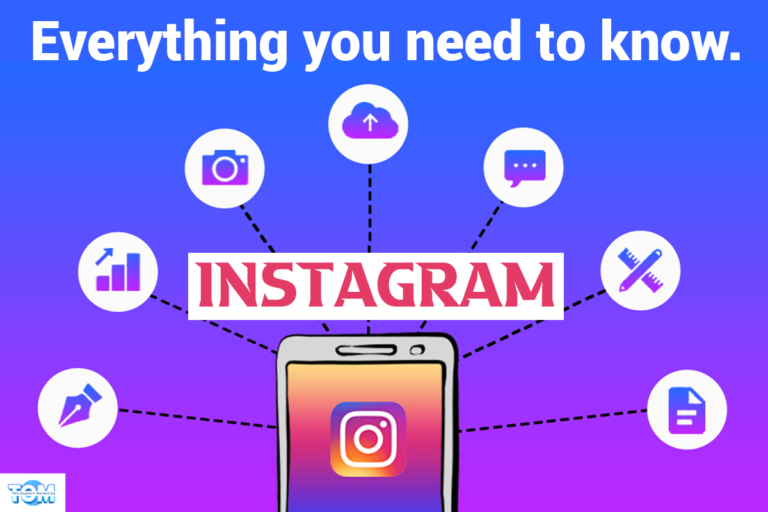Seamless Connections: Mastering Cross-Channel Marketing Integration
Welcome to the realm of cross-channel marketing integration, where cohesive strategies and seamless interactions across multiple channels lead to enhanced customer experiences and improved marketing outcomes. In this blog post, we’ll delve into the significance of cross-channel marketing integration, its benefits, and strategies for successfully integrating your marketing efforts across various channels to drive engagement and conversions.
Understanding Cross-Channel Marketing Integration: Cross-channel marketing integration involves aligning and coordinating your marketing efforts across multiple channels, such as email, social media, website, mobile apps, and offline channels. It ensures consistent messaging, personalized experiences, and synchronized campaigns across all touchpoints, allowing you to reach and engage customers wherever they are in their journey.
Why Cross-Channel Marketing Integration Matters: In today’s omnichannel world, customers expect seamless and personalized interactions with brands across multiple touchpoints. Cross-channel marketing integration enables you to deliver unified experiences, break down silos between channels, and meet customer expectations for relevance, consistency, and convenience. It helps build brand loyalty, drive conversions, and maximize the impact of your marketing efforts.
Key Benefits of Cross-Channel Marketing Integration:
- Consistent Brand Experience: By aligning messaging, design, and promotions across all channels, cross-channel marketing integration ensures a consistent brand experience, reinforcing brand identity and building trust with customers.
- Holistic Customer Insights: Integrating data from multiple channels allows you to gain a comprehensive view of your customers’ behavior, preferences, and interactions, enabling you to deliver more targeted and personalized marketing campaigns.
- Optimized Campaign Performance: Coordinating campaigns across channels enables you to optimize marketing spend, maximize reach, and improve campaign effectiveness by leveraging insights from one channel to inform strategies on others.
- Enhanced Customer Engagement: Offering seamless and relevant experiences across channels increases customer engagement and encourages interaction, leading to higher satisfaction, retention, and advocacy.
Strategies for Successful Cross-Channel Marketing Integration:
- Define Clear Objectives and Audience Segments: Start by defining clear objectives for your cross-channel marketing efforts and identifying key audience segments based on demographics, behavior, and preferences.
- Integrate Data and Technologies: Invest in robust data integration tools and marketing technologies that allow you to collect, analyze, and activate data from multiple sources seamlessly.
- Design Customer Journeys and Touchpoint Mapping: Map out customer journeys across channels, identifying touchpoints and interactions at each stage of the customer lifecycle. Design personalized experiences that guide customers seamlessly through their journey.
- Align Messaging and Creative Assets: Ensure consistency in messaging, branding, and creative assets across all channels, adapting content and promotions to suit the context and audience preferences of each channel.
Conclusion: Cross-channel marketing integration is essential for delivering seamless and personalized experiences that drive engagement, loyalty, and conversions. By aligning your marketing efforts across multiple channels, integrating data and technologies, and designing cohesive customer journeys, you can create meaningful connections with your audience and achieve your marketing objectives effectively.
Ready to elevate your marketing strategy with seamless cross-channel integration? Connect with us at The Organic Marketing to learn how we can help you develop and implement a cross-channel marketing strategy that delivers results and transforms the way you engage with your audience across all touchpoints.





